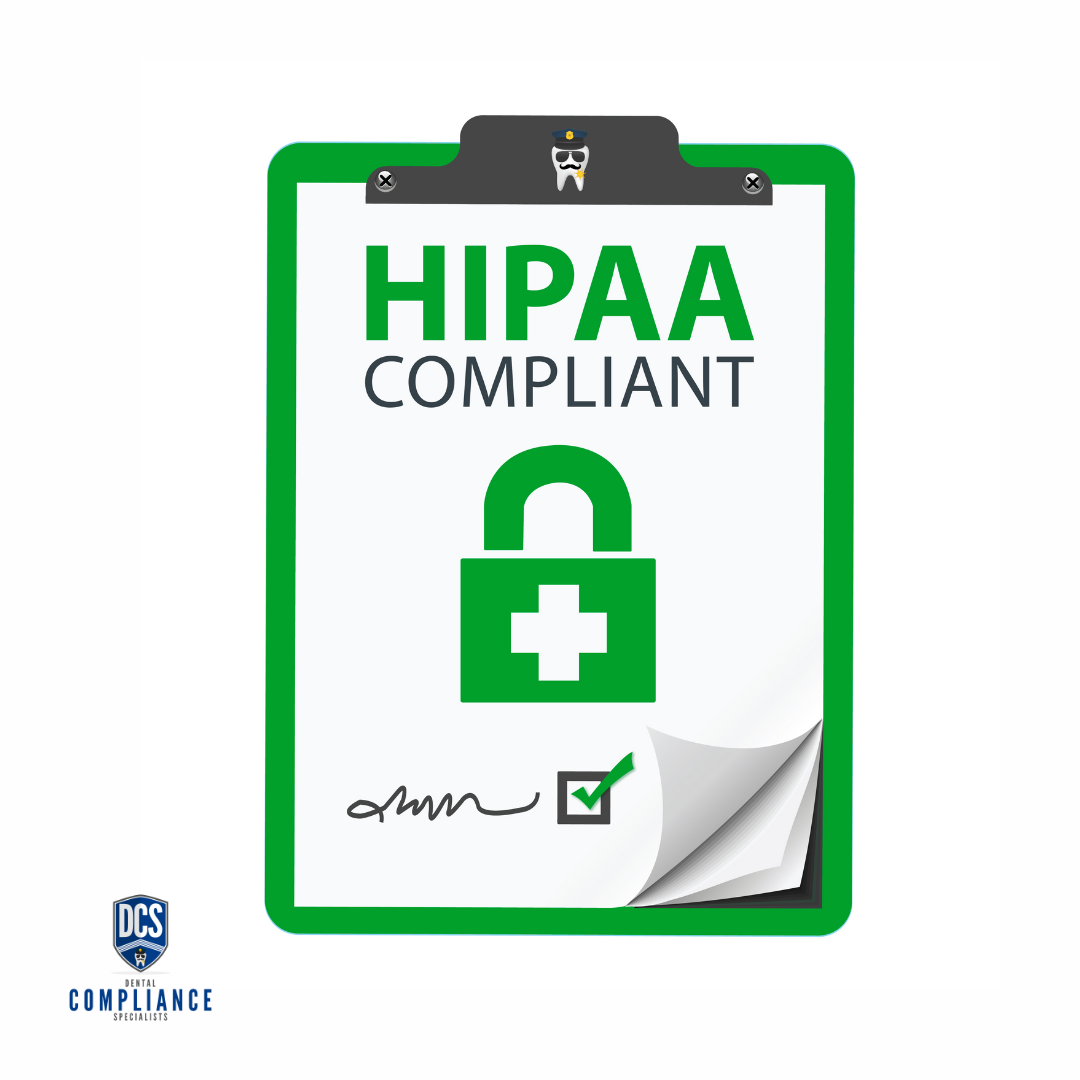Written by Duane Tinker (aka the Toothcop)
HIPAA compliance is crucial for any healthcare provider, including dental practices, to protect patient information and avoid potential legal ramifications.
Here's a beginner's guide to understanding and implementing HIPAA compliance:
Step 1: Understand HIPAA
The first step is understanding HIPAA (Health Insurance Portability and Accountability Act). It is essential to familiarize yourself with its key components, such as the Privacy, Security, and Breach Notification Rule.
Step 2: Appoint a Compliance Officer
Designate a HIPAA compliance officer. This person will understand the regulations, implement compliance measures, and serve as the point of contact for all HIPAA-related issues.
Step 3: Conduct a Risk Assessment
Perform a risk assessment to identify potential vulnerabilities in storing, transmitting, and handling protected health information (PHI). Document the findings and establish an action plan for mitigating risks.
Step 4: Develop Policies and Procedures
Develop comprehensive HIPAA policies and procedures tailored to your healthcare practice. These should include guidelines for access control, data encryption, backup and disaster recovery, and other security measures.
Step 5: Train Staff
Train all dentists and team members, including administrative and medical staff, on your HIPAA policies and procedures. Keep records of these training sessions for auditing purposes.
Step 6: Secure Patient Records
Ensure that both physical and electronic patient records are secure. Implement secure passwords, encrypted data transmission, and data backup to protect electronic PHI.
Step 7: Implement Access Controls
Control who has access to PHI. This can be done through secure logins, multi-factor authentication, and ensuring that only authorized individuals can access certain information.
Step 8: Prepare for Breach Notifications
Establish a response plan for potential data breaches. The plan should include steps for notifying affected individuals, the Department of Health and Human Services (HHS), and possibly the media, depending on the scale of the breach.
Step 9: Conduct Regular Audits
Regular internal audits can help you identify vulnerabilities and ensure ongoing compliance. You should also be prepared for potential external audits from HHS.
Step 10: Review and Update Compliance Measures
HIPAA regulations are subject to change. Periodically review and update your compliance program to reflect these changes and address any new potential risks.
Step 11: Business Associate Agreements
If you work with vendors or subcontractors that have access to PHI, ensure that you have Business Associate Agreements (BAAs) that outline how they will protect the information.
Step 12: Document Everything
Documentation is crucial for demonstrating compliance. Maintain records of your risk assessments, training sessions, policies, procedures, and any actions taken in the event of a data breach.
By following these steps, you'll establish a robust HIPAA compliance program that helps protect patient information and reduces the risk of legal issues related to data breaches or non-compliance.


